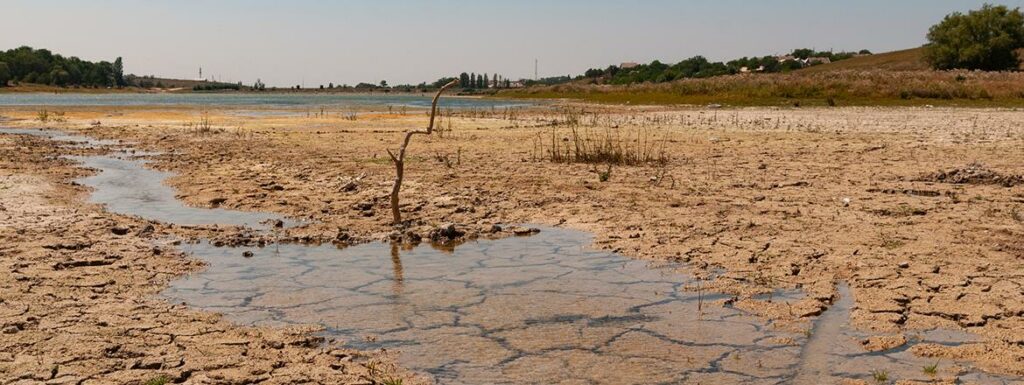From the “you cannot make this stuff up” department we bring you the New York Times’ “The Morning” announcement that “Chicago has a strange problem: water levels that may be both too high and too low.” And if you’re wondering how such a thing could be, well, isn’t it obvious? Climate change, all of whose effects are bad and of which all bad things are an effect, even when as for instance with drought and flooding, or warming and cooling, they seem incompatible. In this case, “Chicago has a problem, one that’s almost certainly caused by the forces that climate change has released.” Specifically by “upending that balance” between Lake Michigan and the Chicago River” on both ends, putting the city at risk of both surging and falling water levels.” Please try not to laugh out loud. They are serious here.
They concede the apparent paradox. But then they assure us “It is a case study of the complex threats from a warming planet.” Or the complex, nay tortuous reasoning of journalists who think they are climate scientists. (In this case author David Leonhardt does at least have a BA in applied mathematics.) Which here includes admitting Chicago is no polar bear, facing imminent extinction from the rhetoric of climate change. Indeed, the piece admits, “Chicago is far away from rising oceans and melting glaciers. It does not sit in the path of hurricanes, nor is it vulnerable to the rising number of forest fires in the American West.” All of which horrendous developments elsewhere we are expected to accept as established truth, regardless of the facts.
The piece then quotes another Times piece that “In the search for a big-city refuge from climate change, Chicago looks like an excellent option”. Regrettably you can run but you can’t hide. Or make predictions, because the “threats are not simply the obvious ones — of heat, drought and melting ocean ice. Climate change can also cause counterintuitive changes in the opposite direction. Perhaps the clearest example in recent years has been the weakening of the Polar Vortex, which has unleashed blasts of cold air into the U.S.” Unsurprisingly the Times didn’t get the memo that the wavier-Polar-Vortex theory has already been debunked. Nor are they bothered by the idea of a failed theory causing two different bad things at once in the same place at the same time.
Quite a trick, isn’t it? But according to Leonhardt, “On the one hand, climate change has led to a nationwide increase in heavy rainfall, because warmer air can hold more moisture than colder air…. In the Great Lakes region, the past five years have been the wettest half-decade on record…. On the other hand, the warming planet also serves to lower the lake’s and river’s water levels in a different way: Water evaporates more quickly in the heat. The result, as one expert says, is an emerging tug of war between evaporation and precipitation. In the best case scenario, the two would roughly cancel out, and the lake and river would always remain near their historical levels. But that doesn’t seem to be happening.”
The concept that Lake Michigan would “always remain” near historical levels is nonsensical to anyone with the slightest familiarity with their historical variability. As we noted in our video on previous failed alarmism over the Great Lakes, historically they have fluctuated dramatically. And in geological terms, they don’t have historical levels because, for all their magnificent apparently permanence, they did not exist before the last glaciation carved them out.
Nature really is a very powerful force, not a fragile objet d’art that humans can smash with a careless touch. But these are mere details. The important point is that everything bad is an effect of climate change and all effects of climate change are bad. Even ones that cancel each other out or aren’t happening.



It has long been an established belief in my family that all journalists are scum, scum of the Earth. Mind you, some are scummier than others.
On the other hand, if you are merely an enabler for those in your organization that sell advertising space, which is as good a definition of newspaper journalism as any nowadays, you might perhaps be forgiven for slapping down any sort of nonsensical drivel as long as it might induce readers to subscribe to your journal.
Obsidian arrow heads have recently been found on a ridge 100 feet below the surface of Lake Huron, which used to be above water 10,000 years ago because climate changes. So, yeah, let's talk about the historical water levels of the Great Lakes... (idiots!)
If you want to make anything worse than it is, simply add politicians and news media.